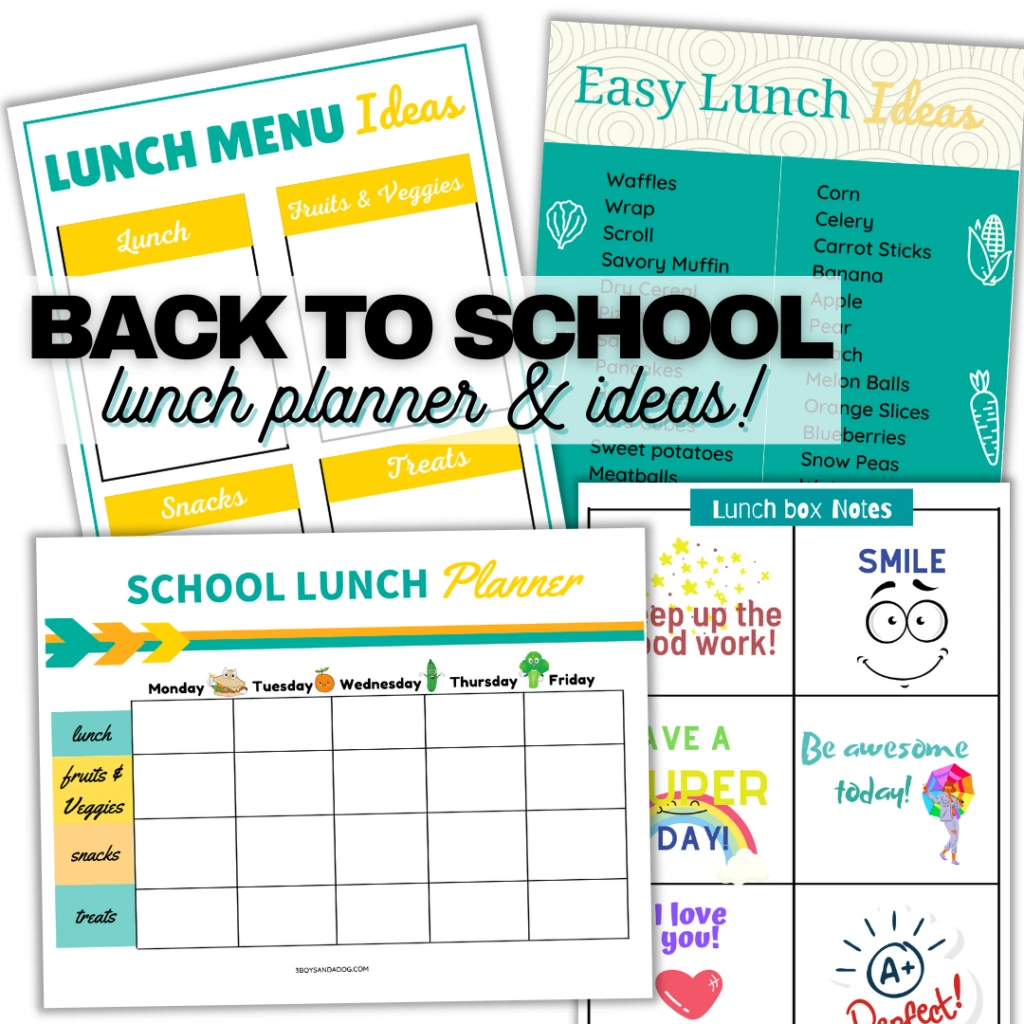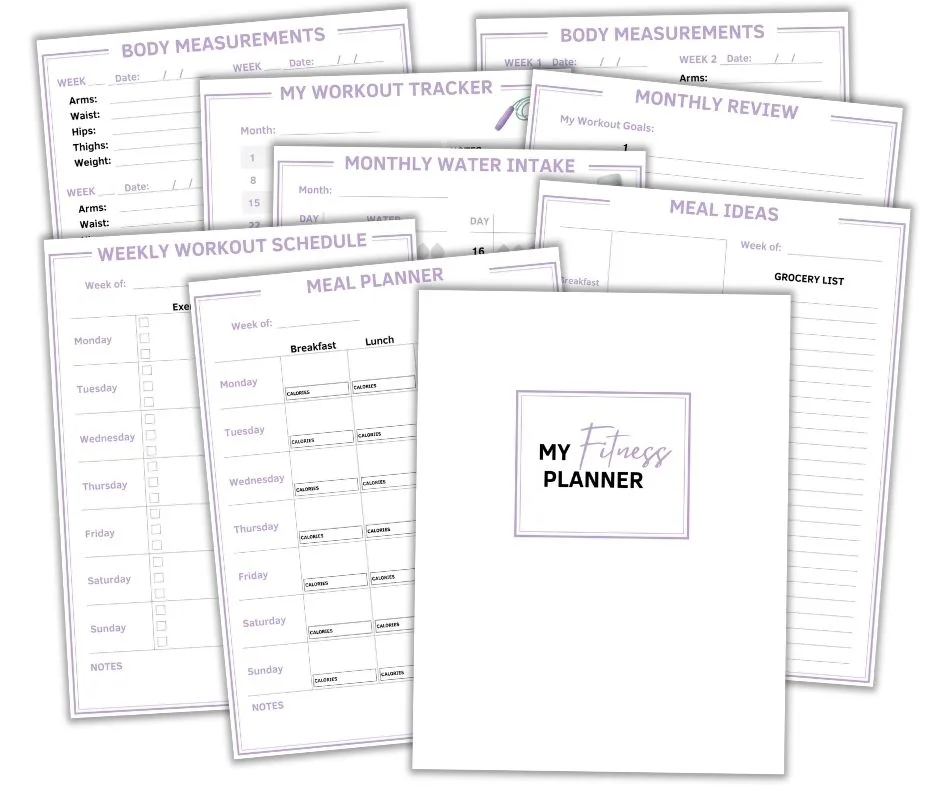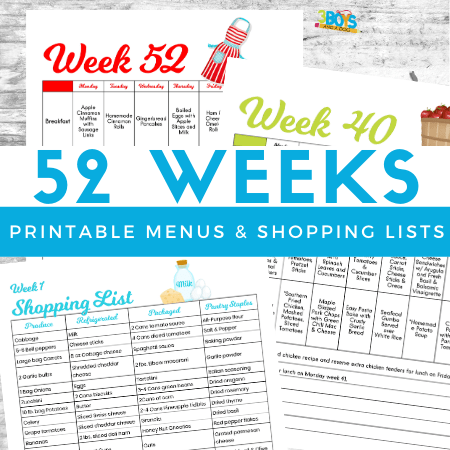Welcome to our guide tailored for busy moms looking to master the art of organizing their weekly tasks! From learning how to brainstorm efficiently to mastering the art of prioritization, we’re here to help you achieve a smoother and more productive week ahead. Brainstorm weeklies with these tips!
Being a busy mom comes with unique challenges, but with the right tools and techniques, you can take control of your schedule and carve out more time for what matters most.
Join us as we explore practical tips and insights to empower you to optimize your weekly routines and create a harmonious balance between family, work, and personal time.

This comprehensive resource delves into effective strategies to streamline your week and boost productivity. Get ready to unlock the secrets to a well-organized and fulfilling week ahead!
The Art of Weekly Planning
Planning weekly tasks is crucial for busy moms to maintain balance and reduce stress. By having a well-thought-out plan, busy moms can effectively juggle the demands of family, work, and personal responsibilities while prioritizing self-care.
Here are some key reasons why planning weekly tasks is essential for busy moms:
- Efficient Time Management: Planning weekly tasks allows busy moms to allocate time efficiently to various responsibilities, ensuring that important tasks are not overlooked or rushed. This helps create a sense of structure and control over one’s schedule.
- Prioritization of Activities: Weekly planning enables busy moms to prioritize tasks based on importance and urgency. By focusing on essential tasks first, moms can tackle crucial responsibilities while minimizing the chances of feeling overwhelmed by a long to-do list.
- Reduced Mental Load: Having a clear plan for the week reduces the mental load on busy moms by providing a roadmap for what needs to be done. This clarity can alleviate stress and anxiety associated with feeling disorganized or unsure about managing multiple responsibilities.
- Improved Work-Life Balance: Effective weekly planning allows busy moms to carve out dedicated time for work-related tasks and personal/family activities. Balancing these aspects of life is instrumental in preventing burnout and maintaining overall well-being.
- Flexibility and Adaptability: While planning is essential, it also offers the flexibility to adjust schedules as needed. Busy moms can easily accommodate unexpected events or last-minute changes when they have a structured plan.
By implementing strategic planning techniques, moms can optimize their time, enhance productivity, and ultimately lead a more fulfilling and balanced life.
Brainstorming Weekly Tasks: A Step-by-Step Guide
To effectively brainstorm all necessary tasks for the week, including family commitments, work obligations, and personal projects, follow this comprehensive guide:
Set Aside Dedicated Planning Time:
- Choose a quiet and uninterrupted time to brainstorm your tasks for the week. This could be at the beginning or end of the week, whichever works best for you.
Create a Master Task List:
- Start by listing all potential tasks, including family commitments, work obligations, and personal projects, without filtering them initially.
Categorize Tasks:
- Organize your tasks into family, work, personal, errands, appointments, and other relevant areas of your life.
Prioritize Tasks:
- Assess the importance and urgency of each task. Prioritize them based on deadlines, importance, and impact on your week.
Assign Time Estimates:
- Estimate the time each task will take to complete. Be realistic in your estimations to avoid overloading your schedule.
Consider Time Blocks:
- Allocate specific time blocks for different categories of tasks. For example, designate morning hours for work tasks, afternoon for family commitments, and evening for personal projects.
Use Tools and Apps:
- Utilize productivity tools or apps to help you organize and track your tasks. Tools like task managers, calendars, or project management software can streamline your planning process.
Be Flexible:
- While it’s essential to plan tasks efficiently, allow room for flexibility. Life is unpredictable, so be prepared to adjust your schedule as needed.
Review and Reflect:
- Review your progress at the end of each day and adjust your plan for the next day if necessary. Reflect on what worked well and what could be improved.
Celebrate Achievements:
- Acknowledge and celebrate your accomplishments, no matter how small. Recognizing your progress can boost motivation and keep you inspired throughout the week
By following these steps, you can effectively brainstorm and plan all tasks for the week, ensuring a balanced approach to managing family commitments, work obligations, and personal projects. Stay organized, prioritize effectively, and adapt as needed to make the most of your week ahead.
Categorizing and Prioritizing Tasks
Categorizing tasks into urgent, important, and low-priority levels is a valuable strategy for effective task management. Here are some strategies and tips to help you prioritize tasks efficiently:
Categorizing Tasks:
Urgent Tasks:
- Tasks that require immediate attention and have impending deadlines fall into this category.
- Examples: Responding to urgent emails and completing time-sensitive work assignments.
Important Tasks:
- Tasks that contribute significantly to your long-term goals or have a high impact should be considered important.
- Examples: Planning a project outline and attending a crucial meeting.
Low-Priority Tasks:
- Tasks that are not time-sensitive and have less immediate impact can be classified as low-priority.
- Examples: Organizing files and research for future projects.
Tips for Prioritizing Tasks:
Use the Eisenhower Matrix:
- Divide tasks into four quadrants: urgent and Important, Important but Not Urgent, Urgent but Not Important, and Neither Urgent nor Important. Focus on tasks in the first two quadrants.
Consider Deadlines:
- Prioritize tasks based on their deadlines. Start with tasks that have approaching deadlines to prevent last-minute rush.
Assess Impact:
- Evaluate the impact of each task on your goals or responsibilities. Focus on tasks that align with your priorities and bring significant value.
Time Blocking:
- Allocate specific time blocks for different categories of tasks based on their urgency and importance. This helps in managing your time effectively.
Delegate or Eliminate:
- Delegate tasks that others can do and eliminate unnecessary tasks. Focus your energy on tasks that only you can do.
Reevaluate Regularly:
- Regularly review and reassess your task list. Update priorities based on changing circumstances or new information.
Start with the Most Difficult Task:
- Tackle the most challenging or least desirable task when your energy levels are high. This can boost your motivation and productivity.
Stay organized, flexible, and proactive in managing your tasks to achieve optimal results.
Incorporating Flexibility into Your Plan
Building flexibility into your weekly plan is essential to adapt to unexpected events or tasks that may take longer than anticipated. Here are some valuable tips on how to incorporate flexibility into your schedule:
Include Buffer Time:
- Allocate buffer time between tasks or appointments to account for unforeseen delays or additional time needed to complete a task.
Prioritize Tasks:
- Identify the most critical tasks for the week and ensure they are scheduled early in the week or during times when you are most productive. This way, even if unexpected events arise later in the week, you have tackled essential tasks.
Use To-Do Lists:
- Create a prioritized to-do list with must-do tasks and tasks that can be shifted if necessary. This allows you to remain focused on essential tasks while being prepared to adjust to others.
Limit Over-Scheduling:
- Avoid overloading your schedule with back-to-back tasks. Leave gaps in your schedule to accommodate unexpected events without causing a domino effect of delays.
Be Realistic with Time Estimates:
- When estimating the time needed for each task, be realistic and factor in potential interruptions or delays. This prevents feeling overwhelmed if tasks take longer than expected.
Practice Mindfulness:
- Stay present and adaptable during your daily activities. Being mindful allows you to respond calmly to unexpected events and make necessary adjustments to your plan.
Learn to Delegate:
- Be willing to delegate tasks when needed. If unexpected events arise or tasks require more time than you have, delegating can help lighten your load and maintain flexibility in your schedule.
Stay Agile:
- Embrace a mindset of agility and flexibility. Be open to rearranging your schedule or shifting priorities to accommodate unforeseen circumstances.
Reflect and Adjust:
- At the end of each day or week, reflect on what worked well and what didn’t. Use this reflection to adjust your planning process and improve flexibility for future weeks.
Tools and Tips for Tracking Weekly Tasks
Tracking tasks efficiently is crucial for effective time management. Here’s a review of various tools and methods for tracking tasks, along with guidance on selecting the best option according to your needs:
1. Digital Task Management Apps:
- Pros: Easily accessible on multiple devices, allows for real-time updates, offers reminders and notifications, supports collaboration, provides advanced features like task prioritization and categorization.
- Cons: Reliance on technology, potential learning curve for new users, may require a subscription for advanced features.
- Best For: Those who prefer digital solutions, work in teams, need reminders, and value advanced task management features.
2. Traditional Paper Planners:
- Pros: Tangible and easy to use, no need for technology or power source, customizable layouts, a break from screens, can enhance memory and focus.
- Cons: Limited space for detailed information, manual updating, risk of misplacing or damaging the planner.
- Best For: Individuals who enjoy writing things down, prefer a tactile experience, benefit from visual organization, and seek a break from digital devices.
3. Kanban Boards:
- Pros: Visual representation of tasks, easy to track progress at a glance, encourages workflow optimization, promotes collaboration and transparency.
- Cons: It requires a physical or digital board setup and may not be ideal for detailed task management or extensive task lists.
- Best For: Teams or individuals working on projects with multiple stages, visual learners, and those seeking a simplified task-tracking method.
4. Time Blocking Techniques:
- Pros: Helps allocate time for specific tasks, enhances focus and productivity, facilitates realistic planning, improves time management skills.
- Cons: Requires discipline to stick to allocated time blocks, may not suit individuals with highly unpredictable schedules.
- Best For: People looking to structure their day effectively, improve time management, and ensure focused work periods.
Choosing the Best Option:
- Consider Your Preference: Consider whether you prefer digital or analog solutions and which method best suits your working style.
- Assess Features Needed: Determine the essential features you require, such as reminders, synchronization across devices, collaboration tools, or visual task tracking.
- Evaluate Complexity: Choose a tool that matches the complexity of your tasks and projects. Simplicity might be preferable for some, while others may need more advanced features.
- Trial and Adapt: Experiment with different tools or methods to see what works best. Flexibility is key in finding a system that suits your needs over the long term.
By reviewing these tools and methods for tracking tasks and considering your preferences, required features, task complexity, and trial period, you can select the best option to enhance your task management and productivity.

Maintaining Momentum and Motivation
Staying motivated throughout the week and handling setbacks or incomplete tasks maintains productivity and well-being. Here are some effective ways to stay motivated and resilient:
Ways to Stay Motivated:
- Set Clear Goals: Define specific, achievable goals for the week to provide direction and motivation.
- Celebrate Small Wins: Acknowledge and celebrate progress, no matter how small, to stay motivated and build momentum.
- Stay Organized: Keep your workspace tidy, create to-do lists, and prioritize tasks to maintain focus and motivation.
- Take Breaks: Schedule regular breaks to refresh your mind and prevent burnout. Short breaks can boost productivity and motivation.
- Find Inspiration: Surround yourself with motivational quotes, images, or music that energize you and keep you inspired.
- Practice Self-Care: Prioritize self-care activities like exercise, meditation, or hobbies to recharge and boost motivation.
- Visualize Success: Picture yourself accomplishing your goals to stay motivated and remind yourself of the rewards of your efforts.
Handling Setbacks and Incomplete Tasks:
- Practice Self-Compassion: Be kind to yourself when faced with setbacks or incomplete tasks. Treat yourself with the same compassion you would offer a friend.
- Reflect and Learn: Analyze setbacks to identify what went wrong and how you can improve. Use setbacks as learning opportunities for growth.
- Adjust Your Plan: Modify your schedule or task list to accommodate setbacks or incomplete tasks. Be flexible in rearranging priorities.
- Break Tasks Down: If a task seems overwhelming, break it down into smaller, manageable steps to make progress more achievable.
- Seek Support: When facing challenges, talk to friends, colleagues, or mentors for encouragement and advice. Support can boost morale and motivation.
- Focus on What You Can Control: Concentrate on aspects within your control rather than dwelling on what is not. Redirect your energy towards actionable steps.
- Stay Positive: Maintain a positive mindset by focusing on solutions rather than problems. Optimism can help you overcome setbacks and continue progressing.
Shop My Printables
These printables are great for meal planning and organizing! Simply click the image to check out my shop products!



Remember, setbacks are a natural part of progress, and how you respond to them plays a significant role in your overall success and well-being.
































